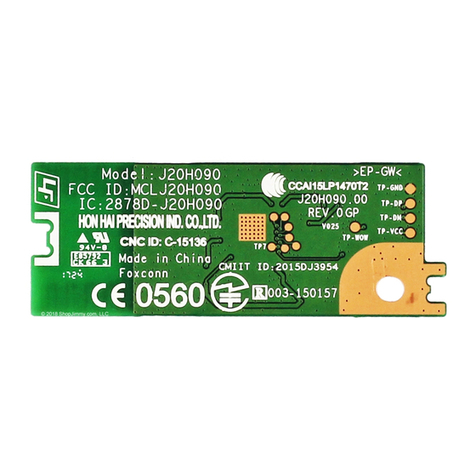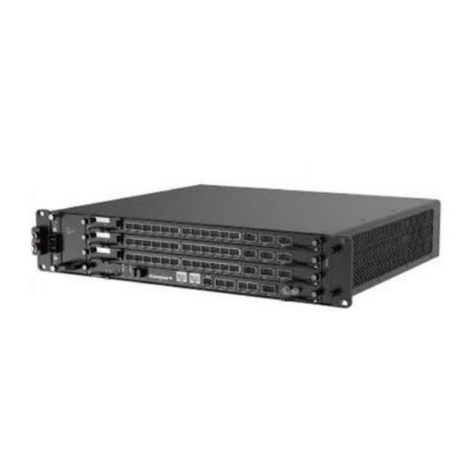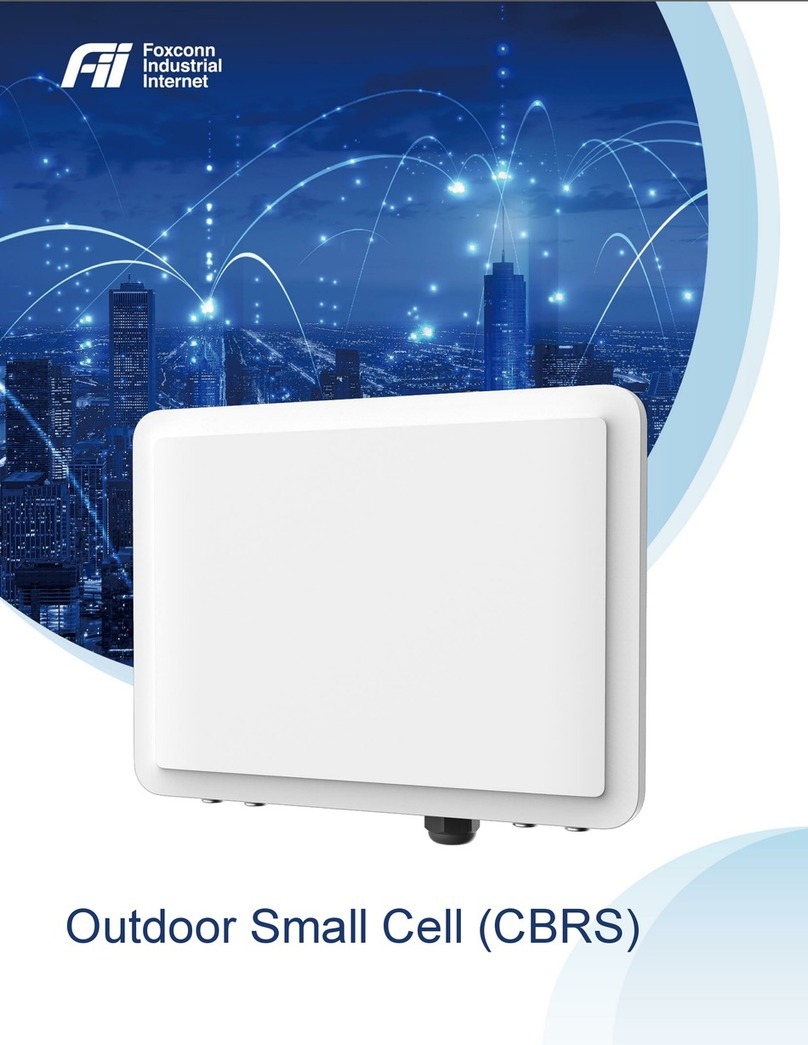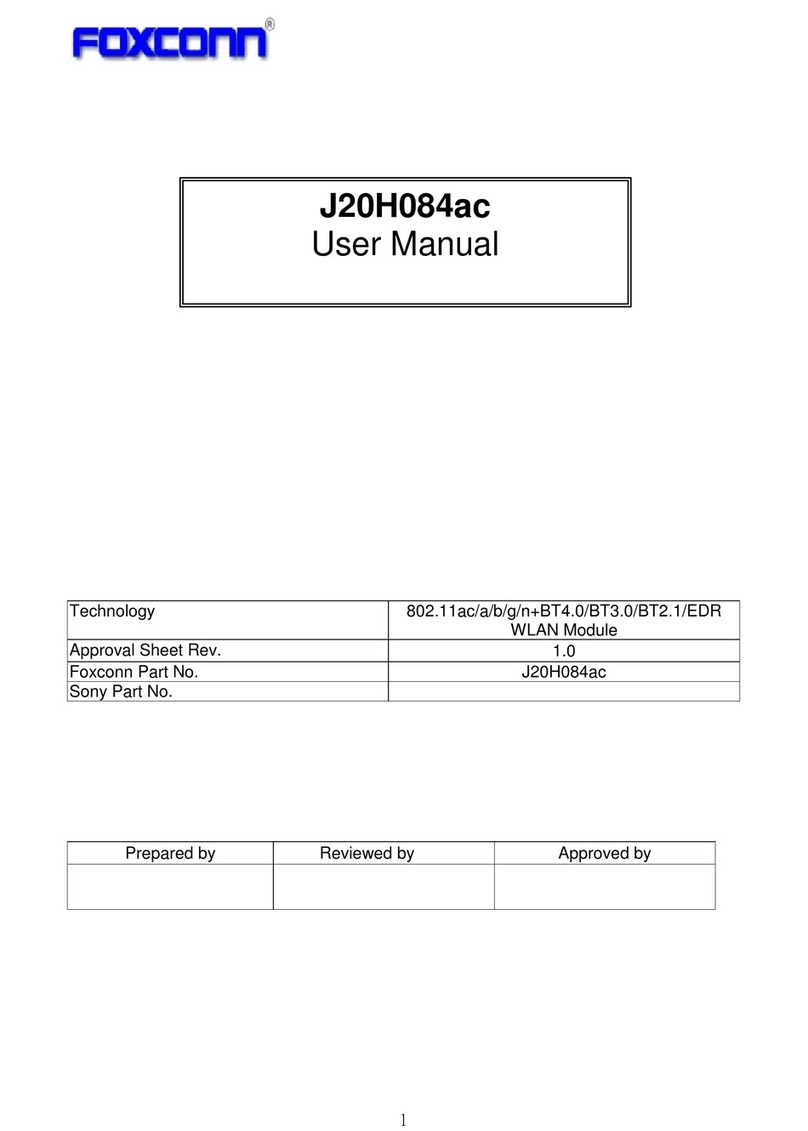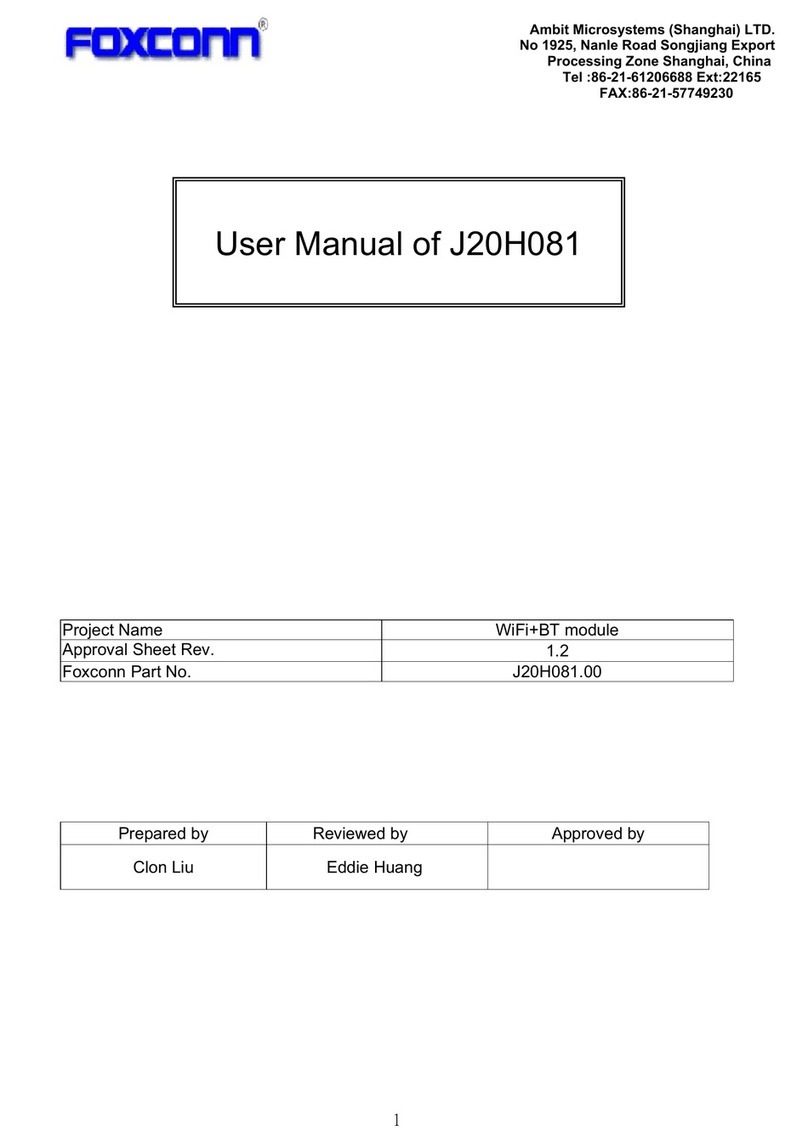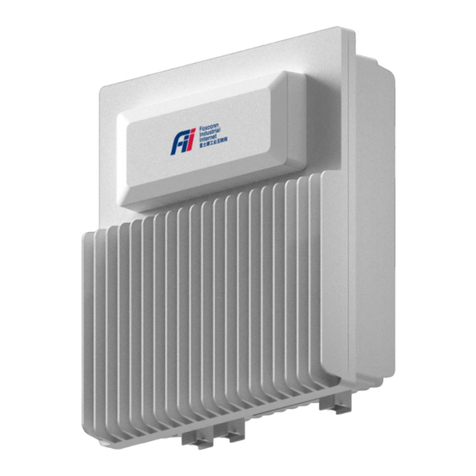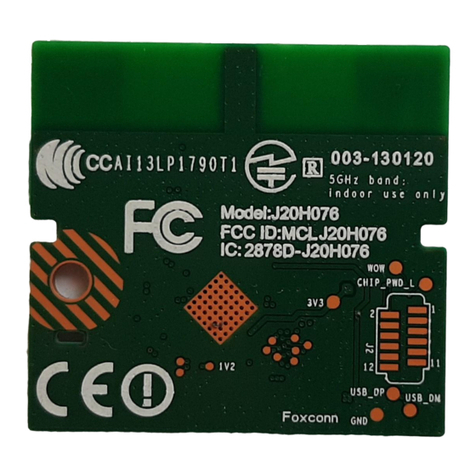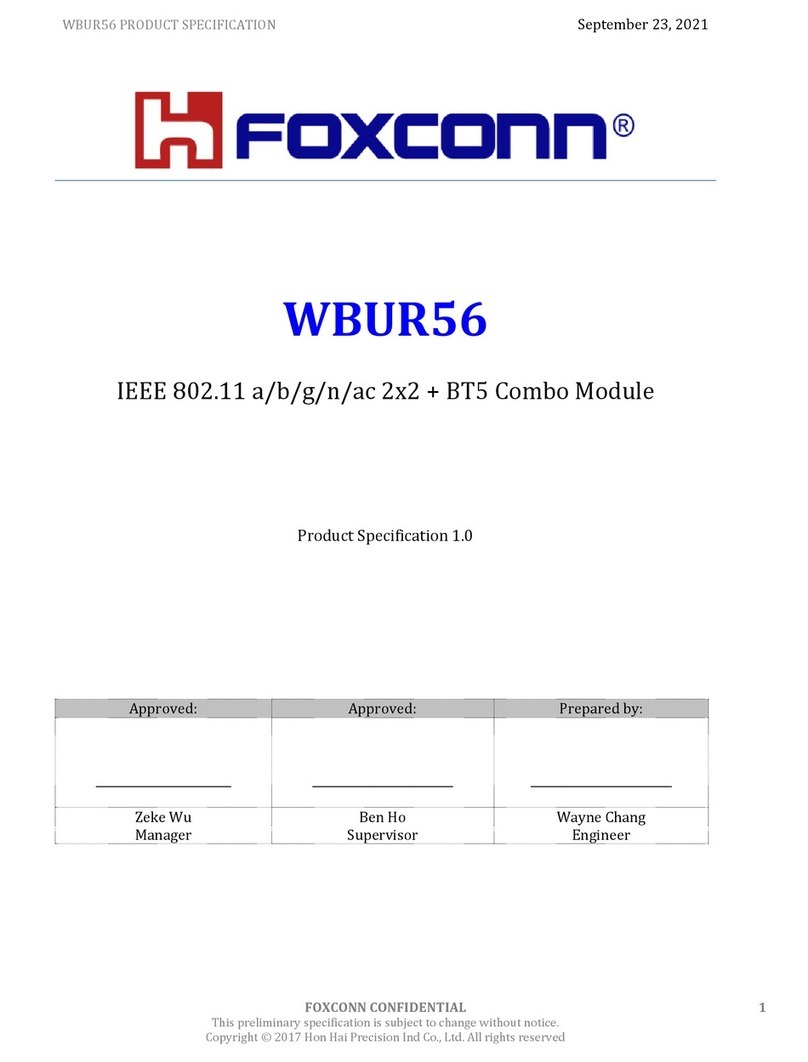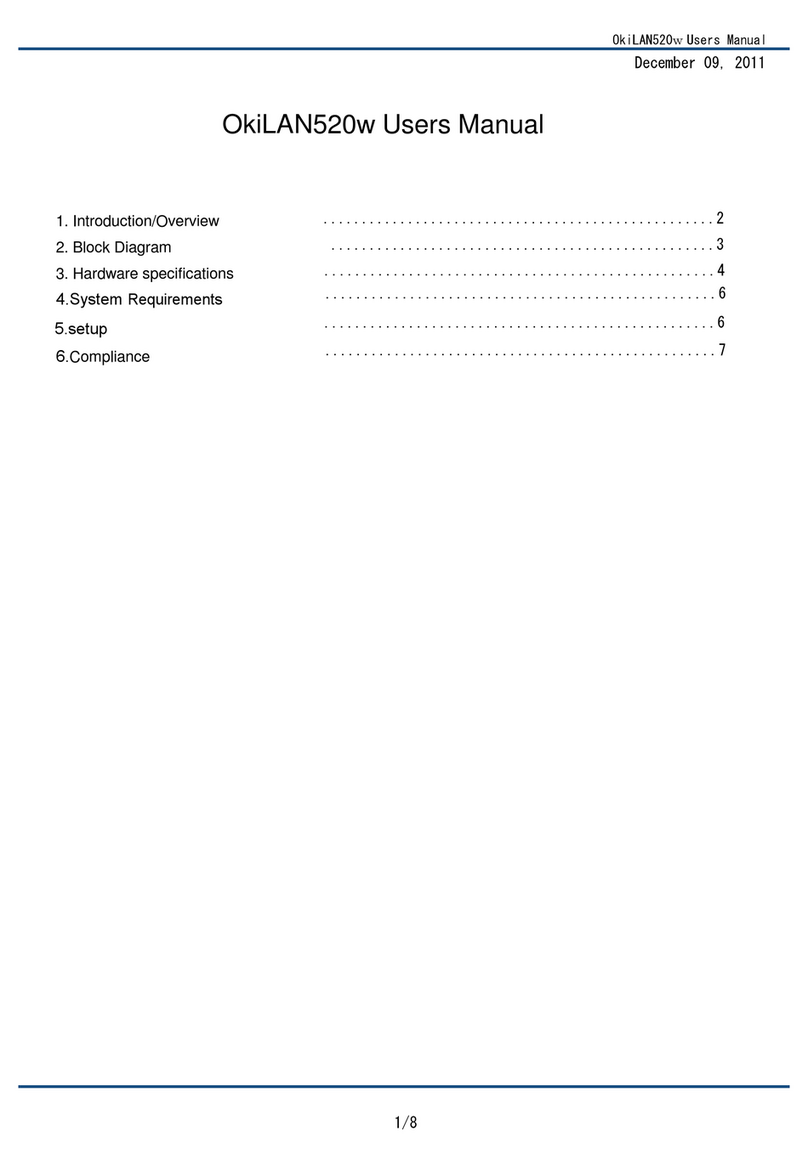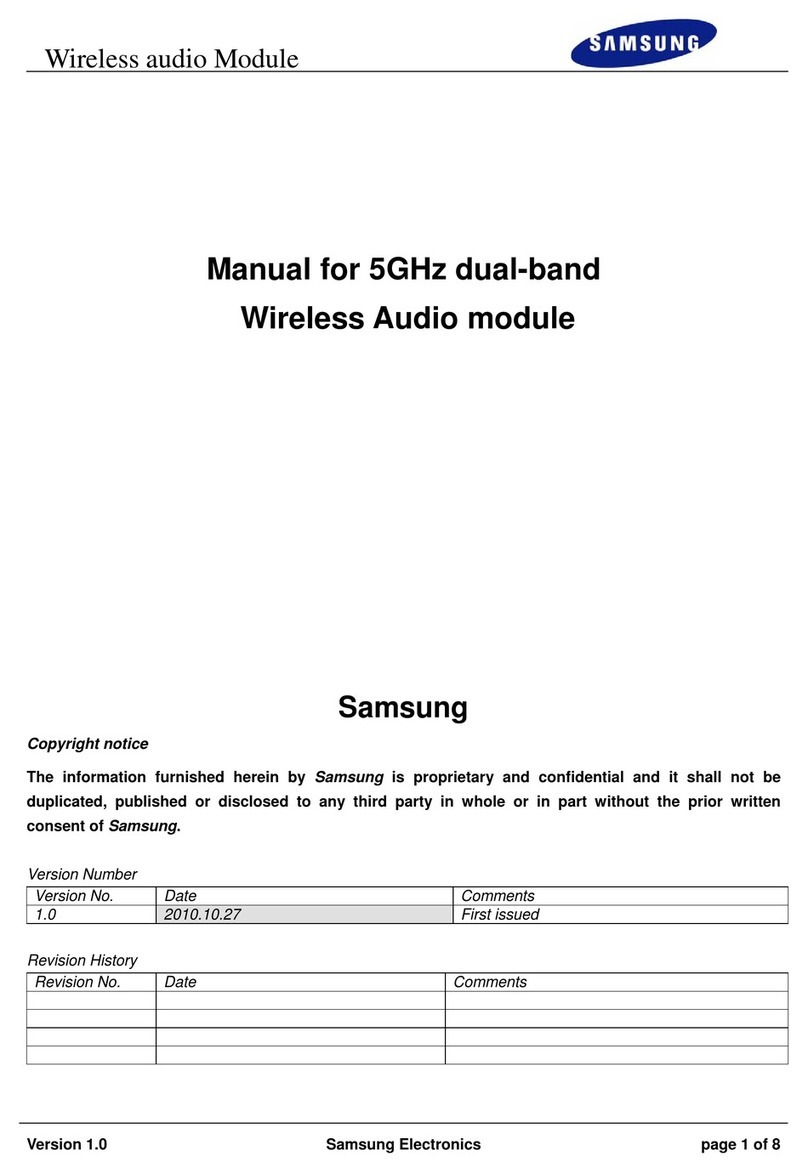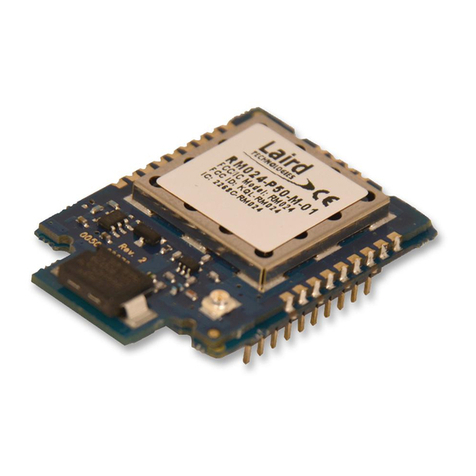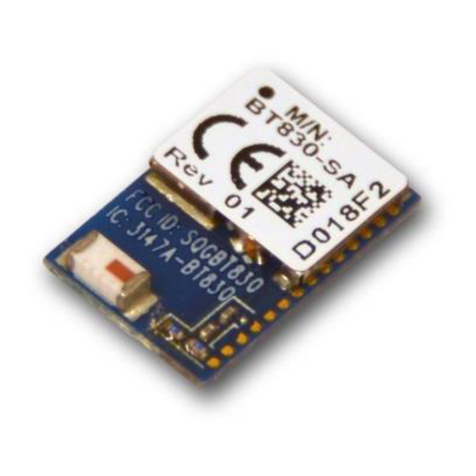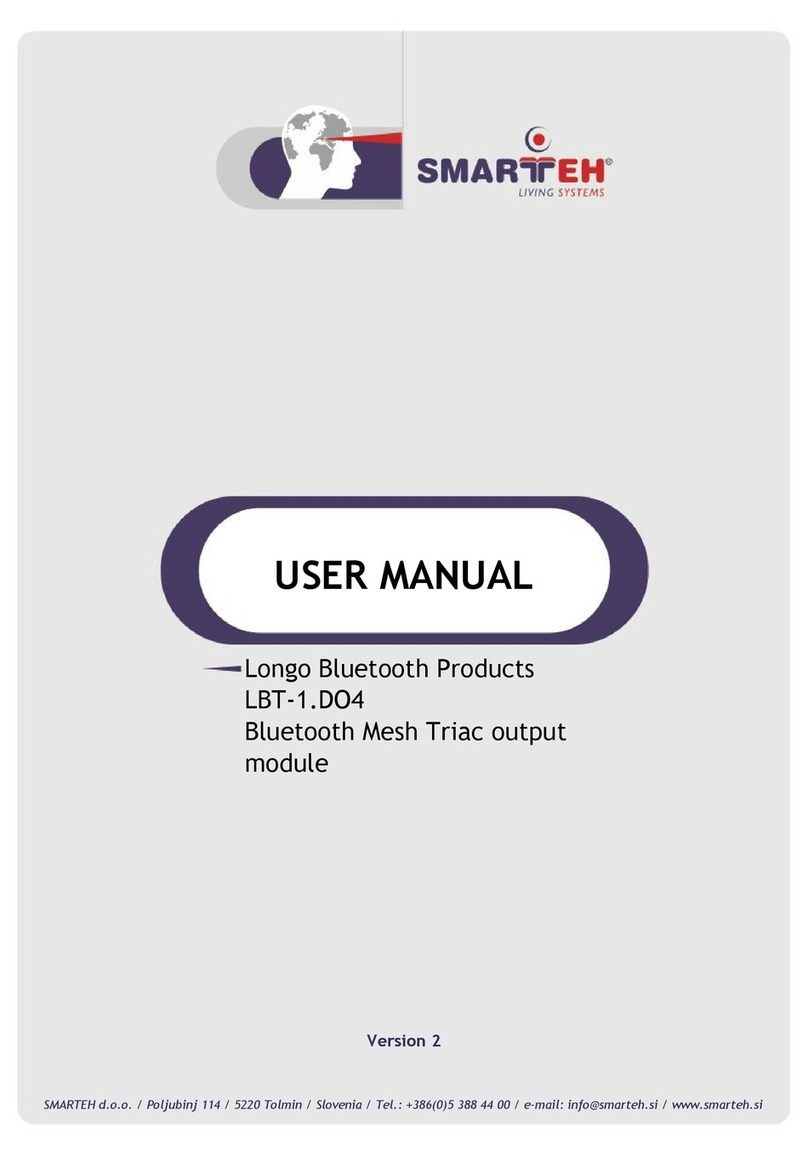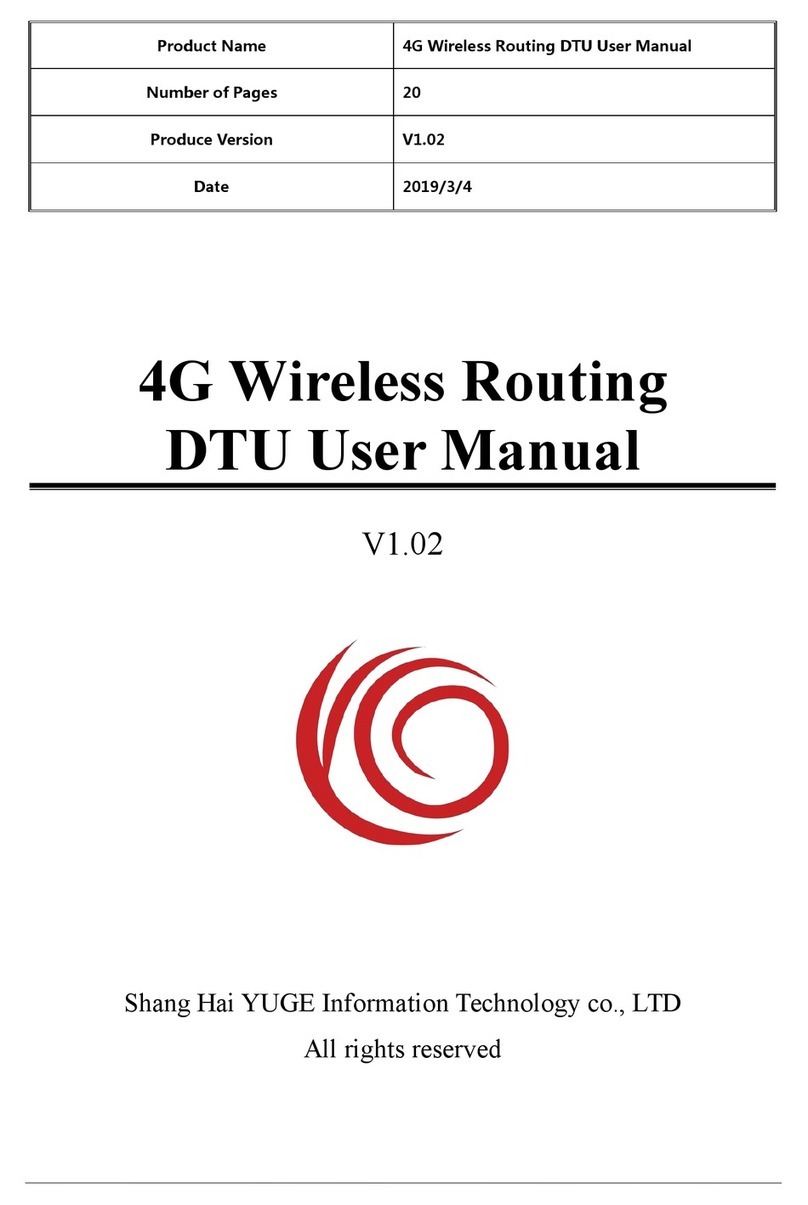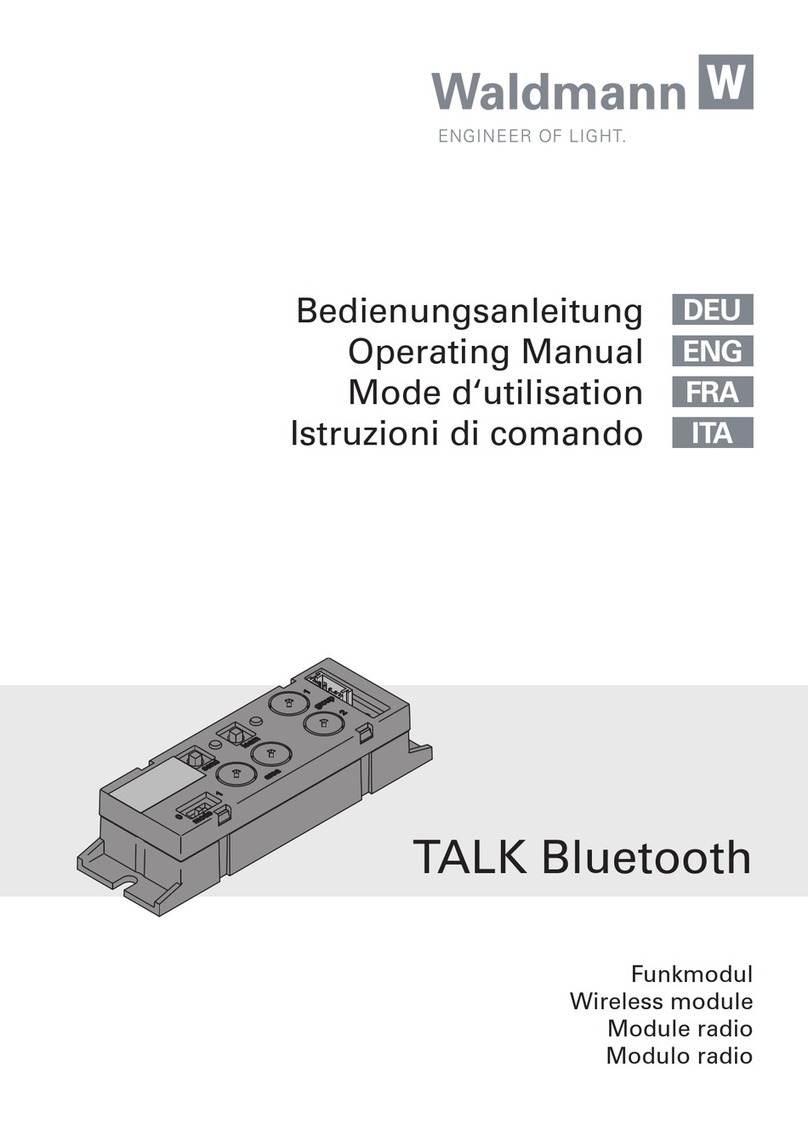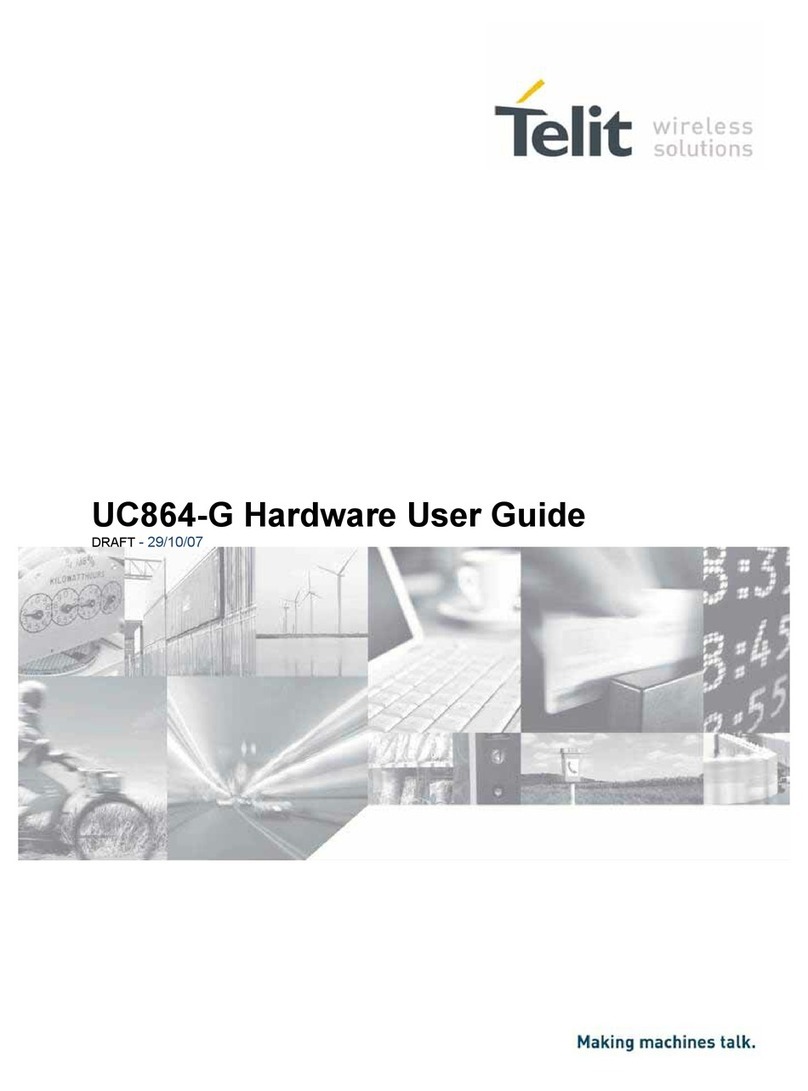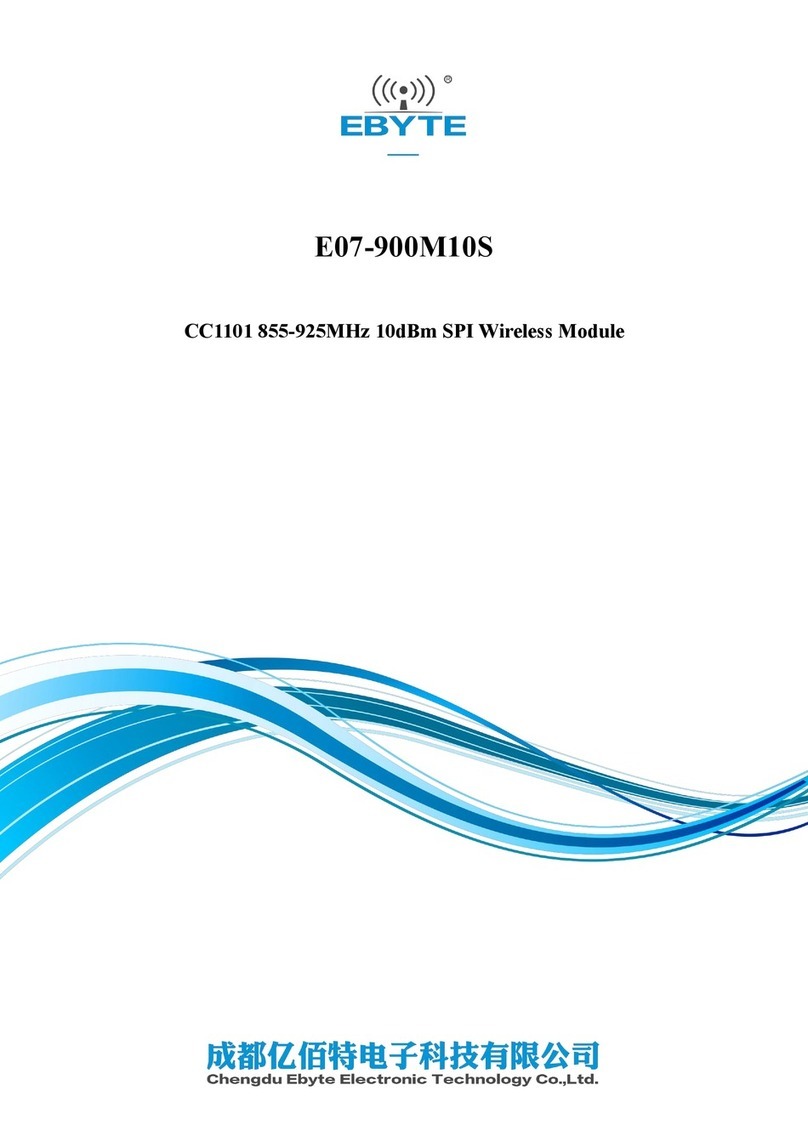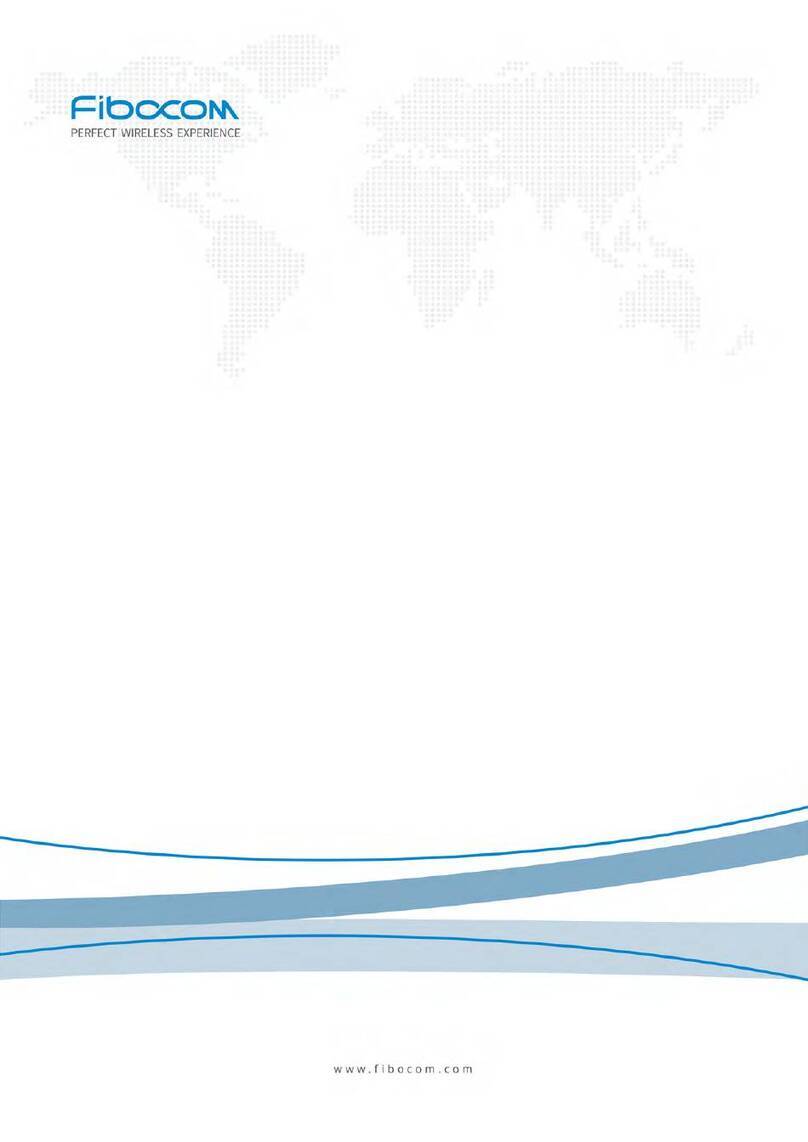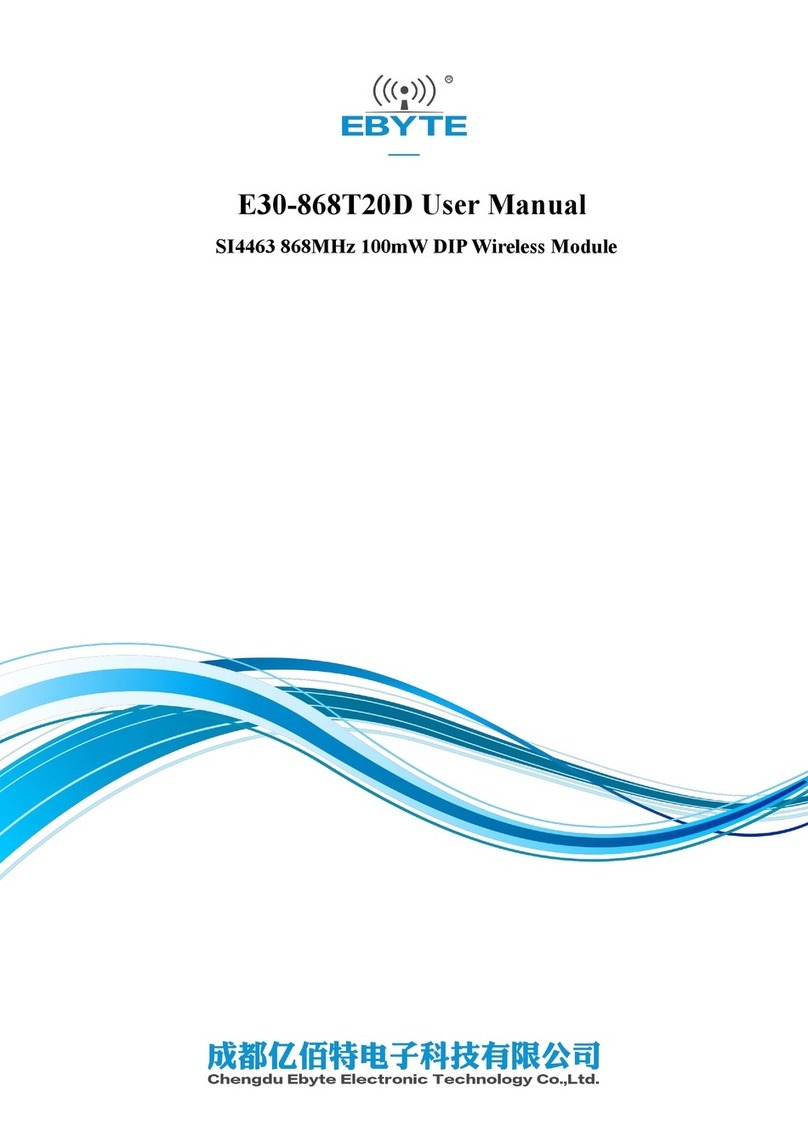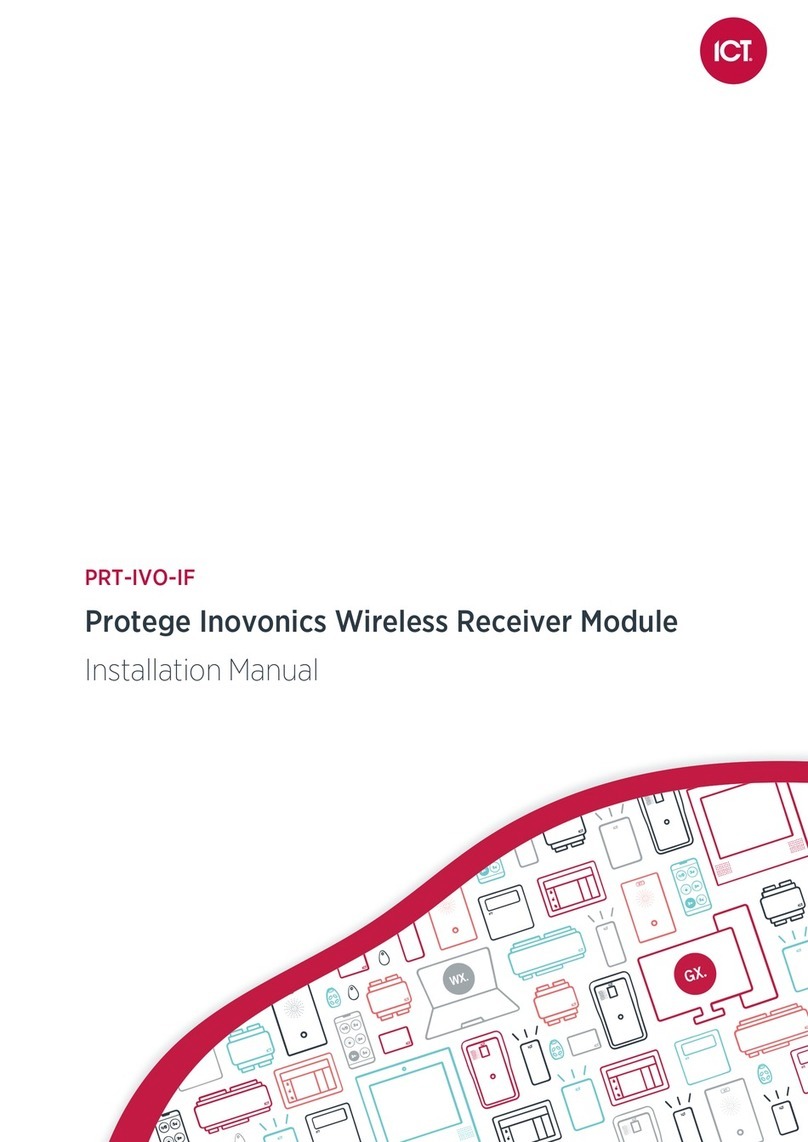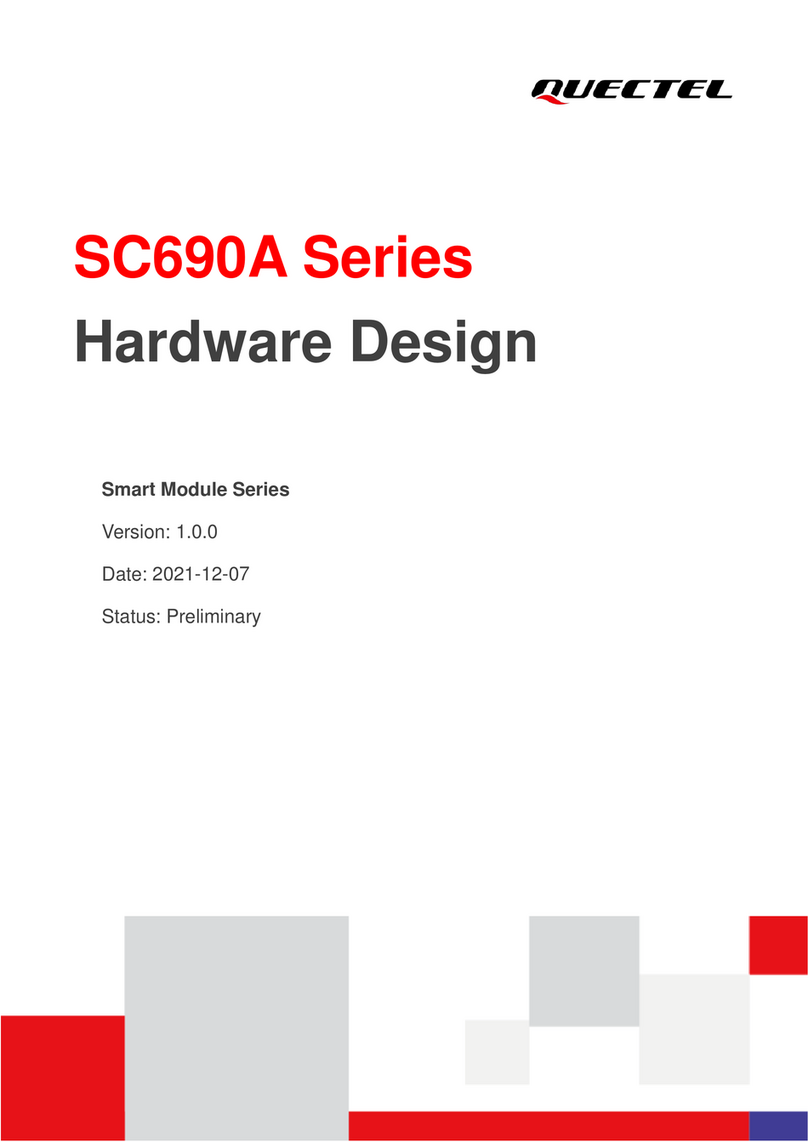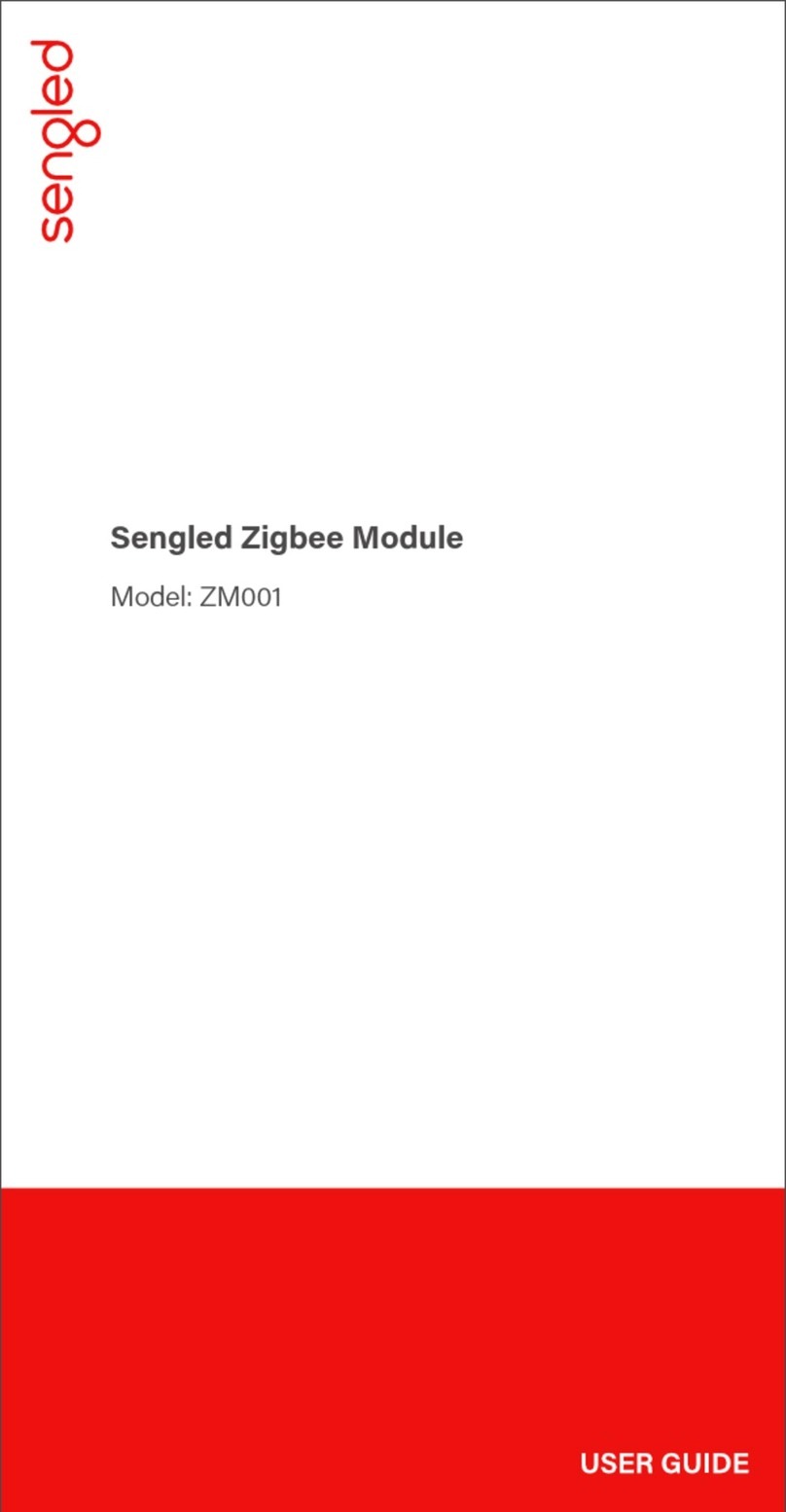
WBU063-VZ
2
CHAPTER1: MODULE OVERVIEW
The Foxconn WBU063-VZ is a highly integrated module which features a low power 2x2
11a/b/g/n/ac dual-band Wi-Fi subsystem and a Bluetooth subsystem. The Wi-Fi subsystem
contains the 802.11a/b/g/n/ac radio, baseband, and MAC that are designed to meet
both the low power and high throughput application.
WBU063-VZ has a 32-bit RISC MCU that handles Wi-Fi and Bluetooth tasks. The Bluetooth
subsystem contains the Bluetooth radio, baseband, link controller. It also uses the 32-bit RISC
MCU for the Bluetooth protocols.
1-1 Key Characteristic
32-bits RISC MCU for Wi-Fi protocols
IEEE 802.11 a/b/g/n/ac compliant
Support 20MHz、40MHz in 2.4GHz band, 20MHz/40MHz/80MHz in 5GHz band
Dual-band 2T2R mode with data rate up to 867Mbps
Integrated LNA, PA, and T/R switch
Security support for WFA WPA/WPA2/WPA3 personal, WPS2.0
Bluetooth integrated BALUN and PA with class 1 transmit power.
USB device fully compliant to USB v3.0 specification
Supports Bluetooth 5 dual mode for 2x the speed.
Supports BT/WiFi coexistence
